Powercolor box artwork is rather obscure – no images of the hardware on the front. This is a shame as it is actually a very good looking card.
Powercolor focus on the cooling solution on the rear of the box. We will take a closer look at this shortly.
The box includes some literature on the product.
The Powercolor PCS+ 380X Myst Edition is a very attractive card, the two tone black and silver accenting works well, and they haven't skimped on the components – adding a back plate as well to improve cooling and PCB protection. Thick heat pipes are visible running along the top of the PCB.
The solution takes power from two 6 pin power connectors, shown in the image above right.
One side of the cooler has a protruding metal part with plenty of physical space available to suck in cool air.
The I/O plate of the R9 380X is home to a DVI-I and DVI-D connector, as well as a full sized HDMI (v1.4) and DisplayPort connector. Sadly as this is not a HDMI 2.0 capable port, there is no support for Ultra HD 4K at 60hz over the HDMI connector.
Three very thick heatpipes run into two separate racks of aluminum fins on either side of the cooler.
Above, a GPUz overview of the R9 380X hardware which we highlighted in detail on the previous page. We can see the R9 380X is based on the 28nm Tonga core which was originally released in August 2014 and first seen on the R9 285 with our launch review on 2nd September 2014 (HERE).
The R9 380X incorporates 32 ROPS, 128 Texture units, and 2,048 Stream Processors. The 4GB of GDDR5 Elpida memory is connected via a 256 bit memory interface.
Powercolor have overclocked the core on this R9 380X to 1,020mhz and the memory is also enhanced, from 1,425mhz (5.6Gbps effective) to 1,475 mhz (5.9Gbps effective).
 KitGuru KitGuru.net – Tech News | Hardware News | Hardware Reviews | IOS | Mobile | Gaming | Graphics Cards
KitGuru KitGuru.net – Tech News | Hardware News | Hardware Reviews | IOS | Mobile | Gaming | Graphics Cards


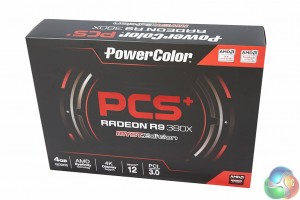
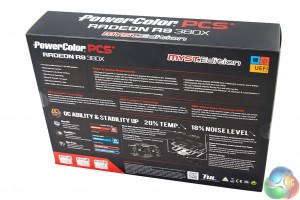
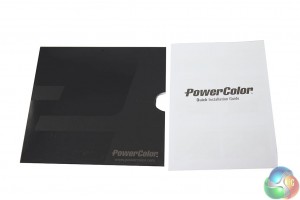
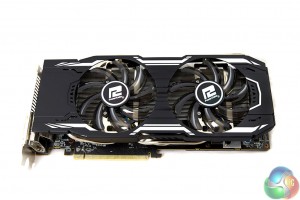
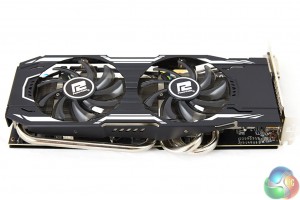
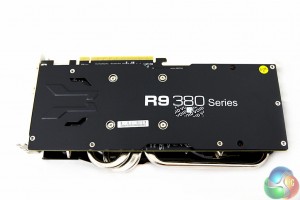
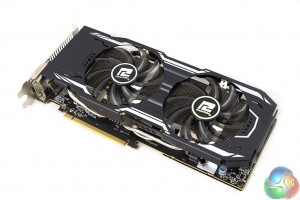
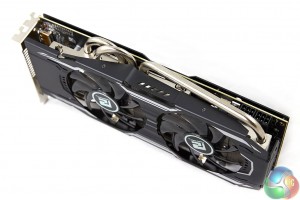
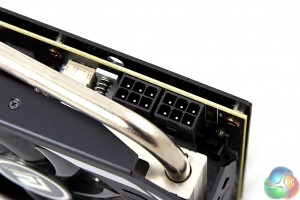
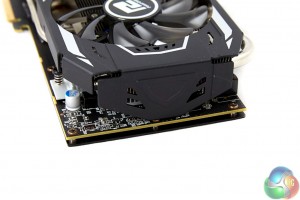
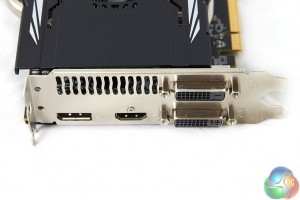
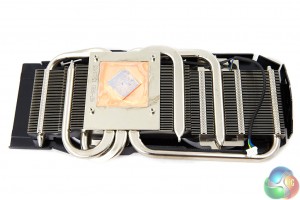
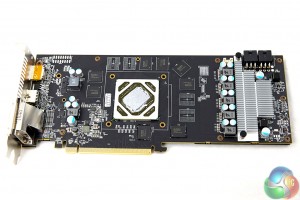
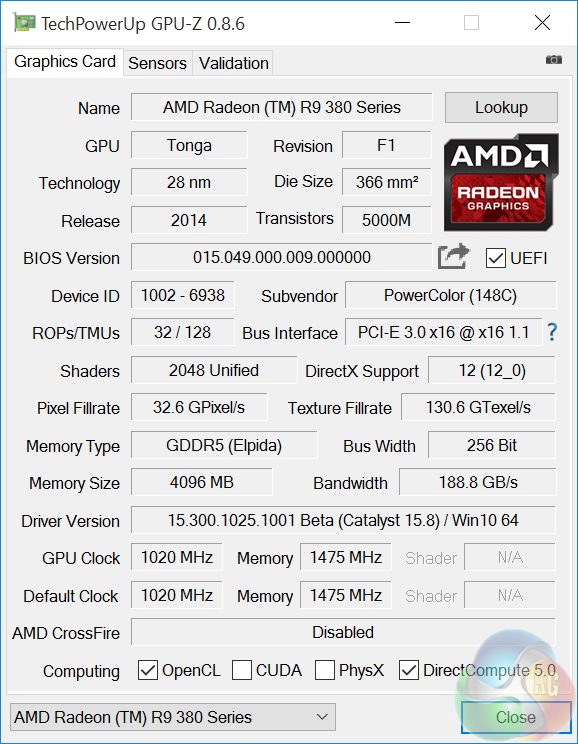
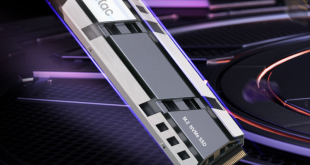
So, when choosing a 380X, would it really matter whether I take the Radeon NITRO or Powercolor? (Asus is so much more expensive, that it’s not worth considering)
As much as I am an AMD fan I don’t think these offer good value considering you can get a 970 for £235 or a 390 for £250.
Why not a 980 while you’re at it 😀 I don’t need a 970 with my gaming, but the 960 is not enough. Until that time that Nvidia makes a 960Ti, I’ll be considering a 380X. I can use that 35-50 for other fun things, such as games 😉
Not really Lucas — both NITRO and this Powercolor card are excellent, just minor differences between them.
At £195 this is nice, however just because 960’s are still so inflated, it shouldn’t be the counterbalance as to why this price is like it is.
Actually when up against some “Uber 960” like the Palit GTX960 2Gb Super Jetstream that’s £176, or this 380X Myst Edition “4GB” for 11% more I call it the winner! Given it provides a person who might consider upgrading to 1440p at some time (5-8 months) before the next generation cards, for now it’s the better value.
While you might consider a 390/970… in the case of a 970 those are starting £260, adding 32% is a big jump and rightfully so, but if just 1080p now and thinking a panel upgrade, a 3.5+.5Gb might seem a little dull once you have a 1440p. Especially with next gen-cards coming in right in such a time-frame. Even a 390 8Gb at £250 and only 1080p it’s a hard sell, I’d pocket the 30-32% now and see where it takes you if and when you have that new panel.
The 390 is actually cheaper here in the states, and that fact the the 390 edges out the 970 in most 1080p benchmarks and pretty much all 1440p benchmarks, the 390 is probably the best price:performance card in the American market. Currently you can get one for $279 or £184.…wow, you guys pay a lot more in Britain
What is this Pallit 970 that I’ve ONLY seen in Kitguru’s benchmarks? And why is it beating the 390 when in 99% of every other 390 benchmarks I’ve seen, the 390 is beating the 970 stock and with an overclocking? I’m just curious as to where Kitguru obtained the one 970 in the world that’s faster than every other 970 in every other professional review in the world?
It all depends on the clock speeds, that is what is relevant – the GTX970 we use isn’t a reference card. all the clock speeds are listed. Same as the R9 390 – it will beat a R9 390X when you manually overclock it.